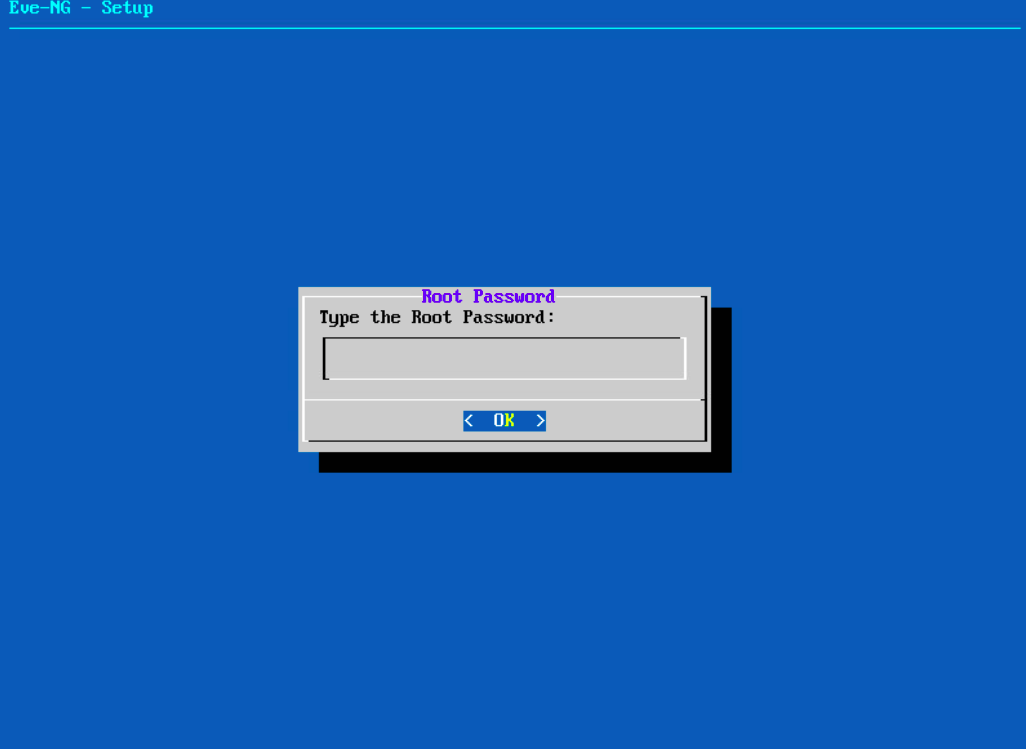

Next, try logging in the ESXi host with the TestUser credentials. Well, it actually can be any user, but I decided to create a new one – TestUser.Īdd the host with the forgotten password to the domain. Add to that group a new user which you will use later to reset the password.

Make sure to use exactly that name for the workgroup. Go to the AD Users and Computers on the domain controller and create a new Security Group – ESX Admins. You see, if you can add the ESXi host to the domain, you are able to use the domain credentials to access the node and reset the root password.

You can also change the password in vCenter using the Active Directory. Resetting the root password using Active Directory and vCenter For that purpose, log in at the ESXi node via the Web Console, or the terminal using the new password. Now, let’s check whether the password reset has run smoothly. Press Finish.Īfter the host reboots, exit the maintenance mode. Verify all the settings and check whether you can apply the changes at all. Right-click the Host Profile and press Remediate. Now, go back to the Objects tab and, finally, implement the host settings. In my case, there are no mission critical VMs on the host, so I’ve just powered them off beforehand. Note that you need to migrate your VMs unless you can shut down them for a while. Next, you need to put the node in the maintenance mode, otherwise you won’t be able to apply any settings at all!Ĭonfirm putting the selected host (or hosts, whatever) in maintenance mode. Well, you can just click Finish to have the settings applied. Right after adding the host, you can play around with the network settings, if you need it. At this point, I’d like to mention that you can apply the changes to multiple hosts. In the Attach/Detach Hosts and Clusters menu, select the host where you have changed the password. Actually, you can change a bunch of settings there, but let’s stick to the initial plan and change only root password, ok? To accomplish this task, type the new password and confirm it in the self-titled fields.Ĭongratulations, you have changed the password! Let’s add the the host to the cluster now and apply the settings. Once you are done with changing Name and host description, go to the Edit host profile tab itself. There, you can specify the new name and description if needed. Right-click the Host Profile and edit its settings. In vCenter, navigate to the Home tab and go to Host Profiles there. While extracting, specify the host name and add some description if needed.Ĭheck the entered information and press Finish. Go to vCenter, and extract the host profile exactly how I do in the screenshot below. In order to reset the password, you need to extract, edit, and upload Host Profile. Note that things I write here do not work in the html one! Also note that you need your ESXi edition to be not lower than Enterprise Plus.
#Esx emulator password txt how to#
Fortunately, that’s not a big deal to restore the password.įirst, let’s look at how to change the password via the flash vCenter Webclient. Admins manage the host through vCenter, but one day, they lose the password. Let’s start with some bright scenario: you forgot the ESXi root password but there’s vCenter installed.

But, I’ll teach you today how to restore the password in both cases. Some theoretical findingsĪfter thinking through some cases of how you guys lose passwords, I realized that these two scenarios are pretty common: you forgot the password, but you still can access the hosts via vCenter, and you lost the standalone host password from the standalone ESXi host and there’s no way to access it. So, don’t blame me in case you mess things up. Some methods to reset the passwords may be pretty risky. No fun! What if I don’t want to (or cannot) do that? In this article, I’m looking for a better way to reset the password.įor this article, I use ESXi 6.7.0, 8169922, but everything I write here works good for ESXi 6.x or 5.x versions. You see, when things like that happen, the first thing you do you look through some official documentation, right? Unfortunately, the only thing VMware advices to reset passwords is re-installing the OS. Want to know why I wrote this article? I want to help other VMware admins. Well, resetting an ESXi host password is the thing I gonna talk about in this article. Well, ESXi root passwords are not an exception either! Without the root password, you lose control over your hosts, so it’s good to know how to reset it. Passwords are the things people tend to forget.


 0 kommentar(er)
0 kommentar(er)
